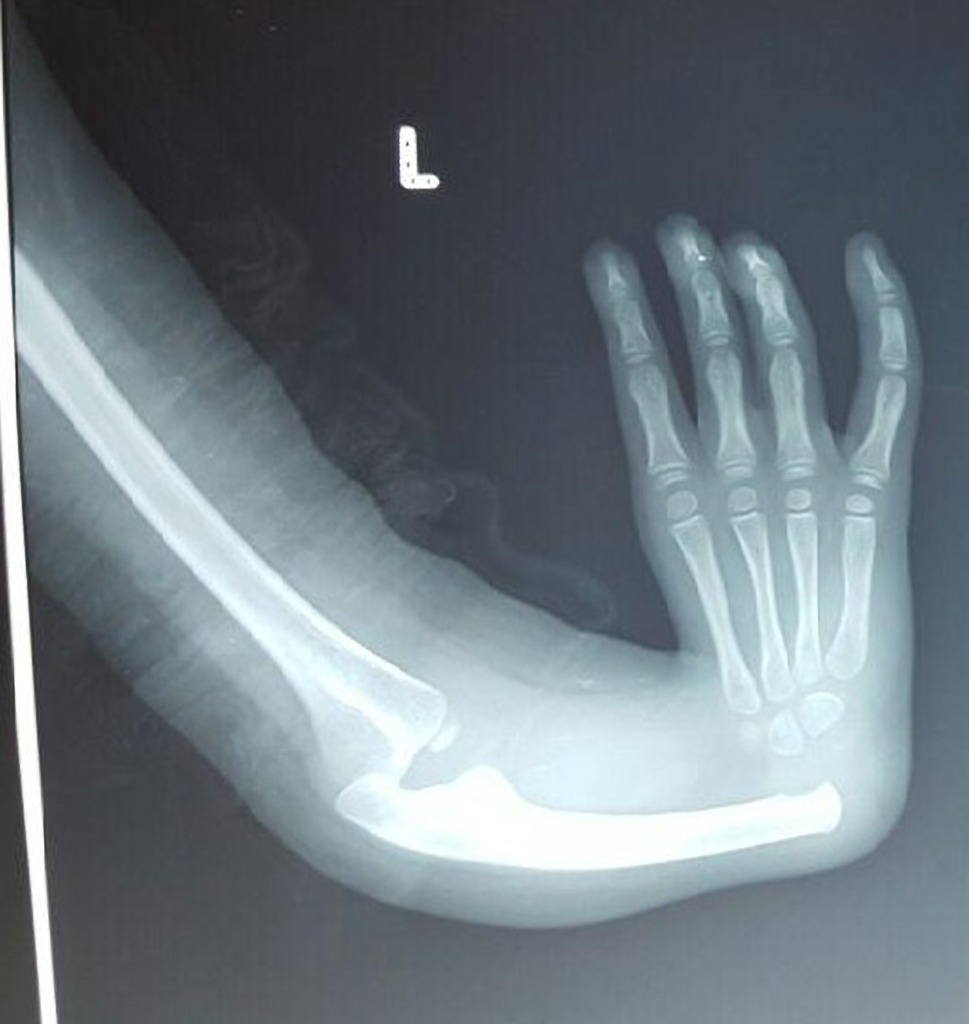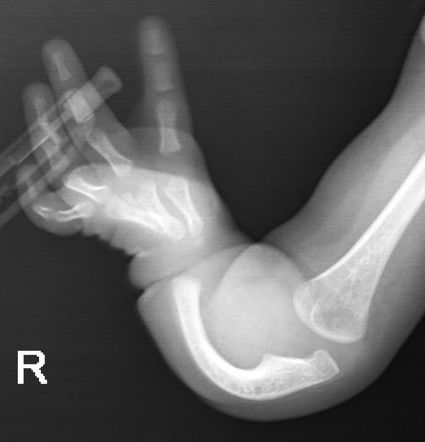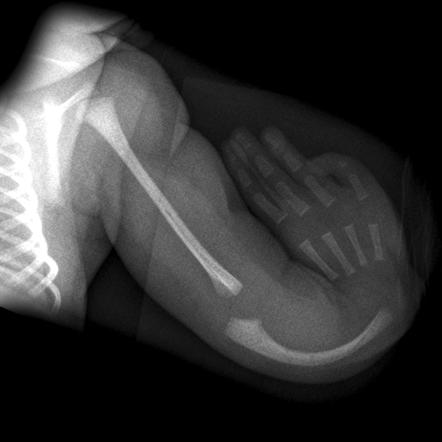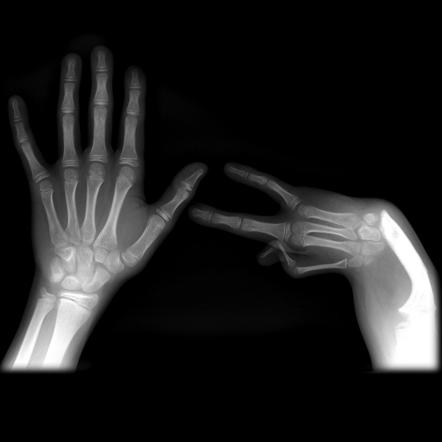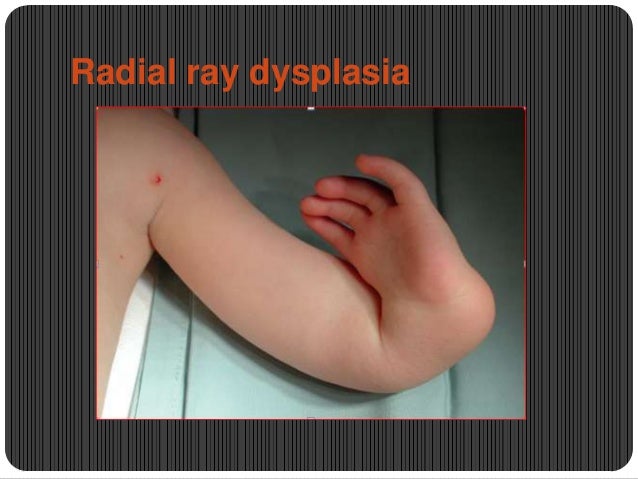Bilateral Radial Ray Anomaly

This large series of prenatally detected radial ray anomalies has confirmed the postnatal observation of the high association of bilateral lesions with underlying genetic and chromosomal pathology table 1 4 21 emphasising the critical importance not only of detailed anomaly scanning and karyotyping but also for expert genetic input to come to a reliable diagnosis to inform parental counselling in many cases table 2.
Bilateral radial ray anomaly. The radial ray gives rise to the first carpal and metacarpal bones and the phalanges of the thumbs. Primarily the thumbs were absent on both sides fig fig1. According to sofer the incidence is approximately 1 30 000 live births. Radial ray defects comprise a large spectrum of upper limb anomalies that can range from partial radial hypoplasia to complete radial aplasia deficiency of the radius with or without accompanying deficiency of the thumb and other concomitant anomalies of the upper limbs.
Although radial longitudinal deficiency is often bilateral the extent of involvement is most often asymmetric. Rrd and associated anomalies include components of various disorders. The duane syndrome can be unilateral or bilateral. He underwent a series of orthopaedic interventions.
This condition is characterized by a particular problem with eye movement called duane anomaly also known as duane syndrome. Duane radial ray syndrome is a disorder that affects the eyes and causes abnormalities of bones in the arms and hands. Radial ray anomalies comprise of a large spectrum of upper limb anomalies which range from partial radial hypoplasia to a complete radial aplasia deficiency of the radius with or without accompanying deficiency of the thumb bones. The patient had reconstruction of the thumbs with pollizisation of the second finger.
In another finnish population based study the live birth prevalence was 1 64 per 10 000 live births. Bilateral and symmetric radial ray and thumb aplasia associated with lower limb inequality secondary to a unilateral tibiofibular hypoplasia and hypoplasia of the terminal phalanges was the most prominent major abnormalities. Radial deviation of the wrist is caused by lack of support to the carpus radial deviation may be reinforced if forearm muscles are functioning poorly or have abnormal insertions.
